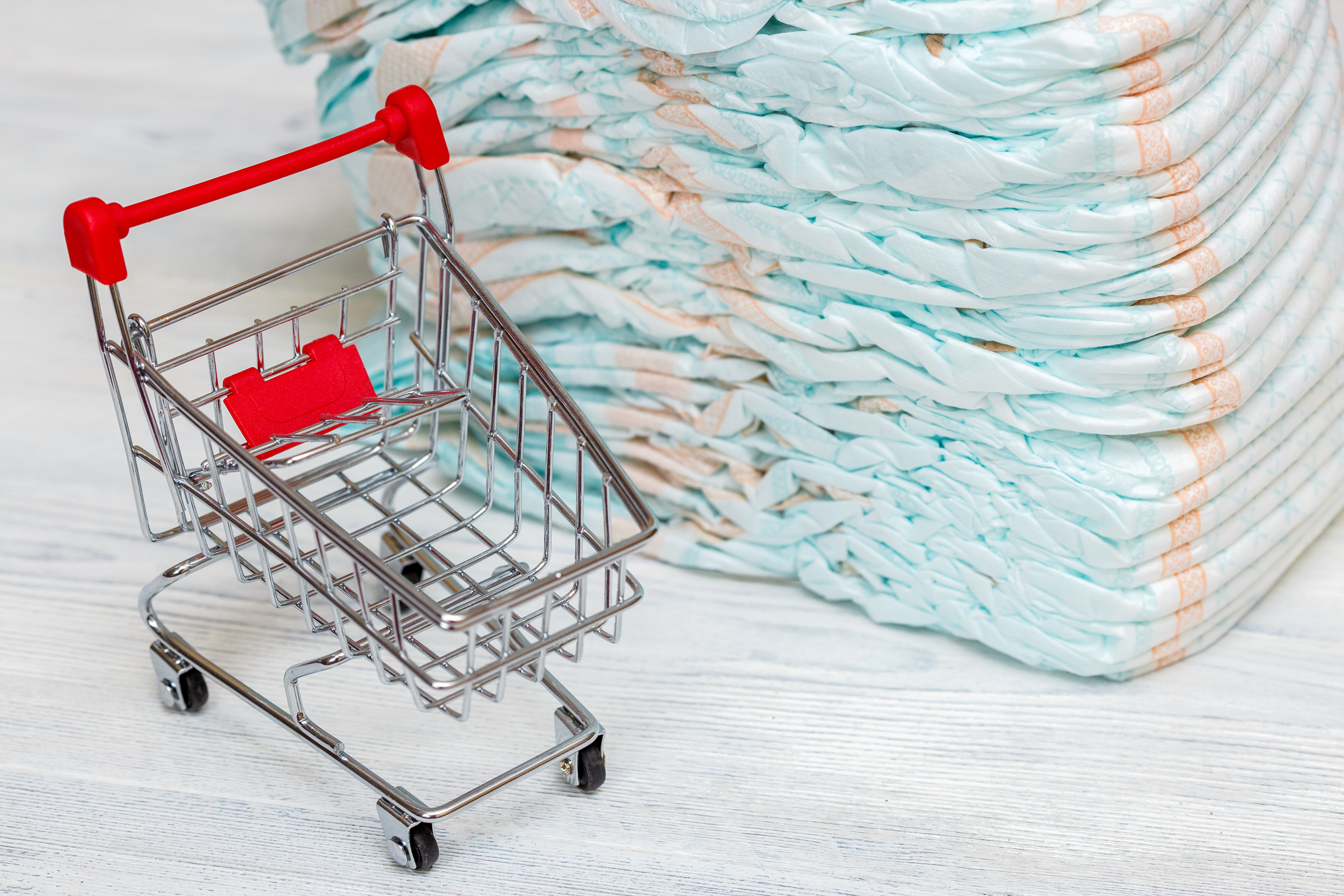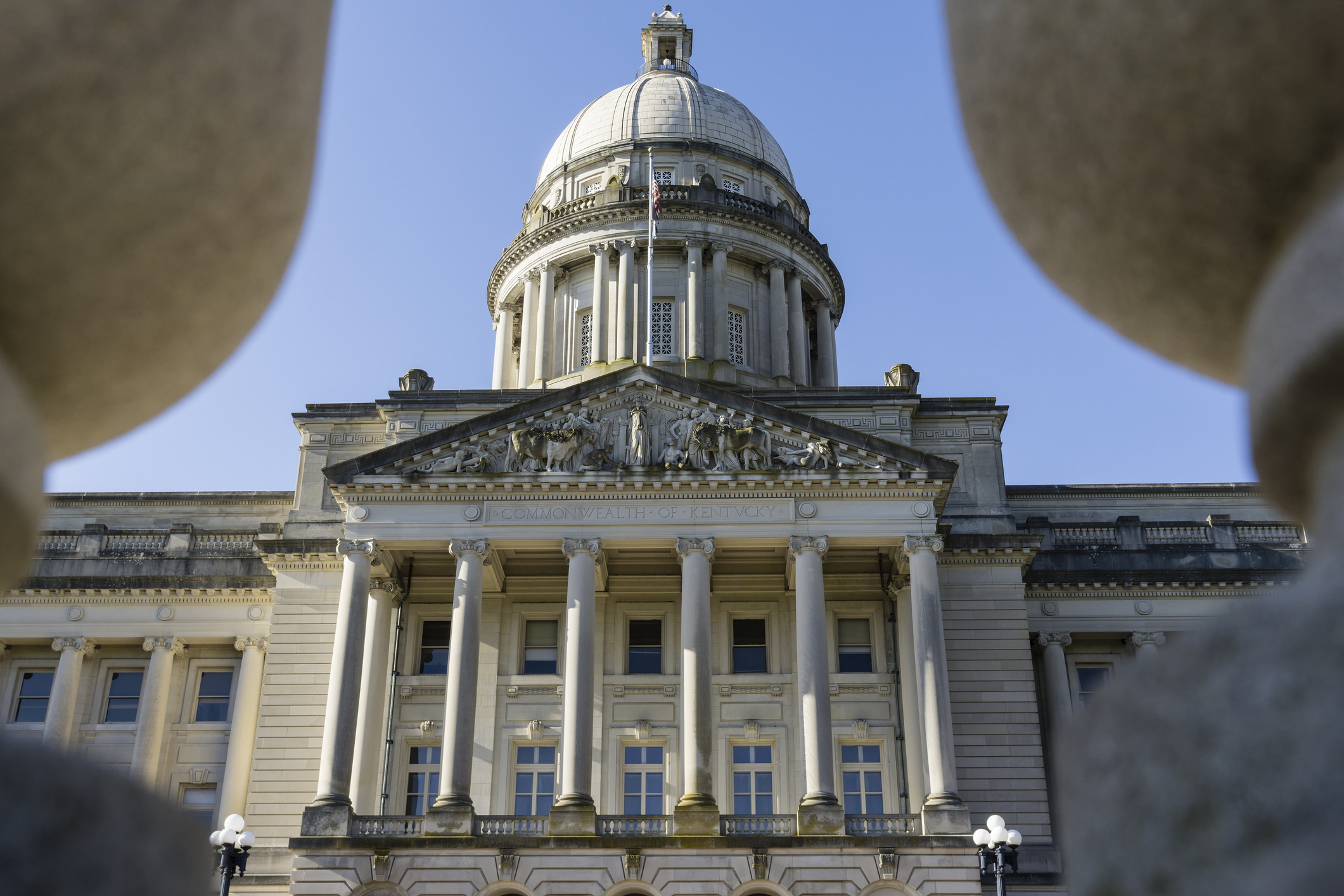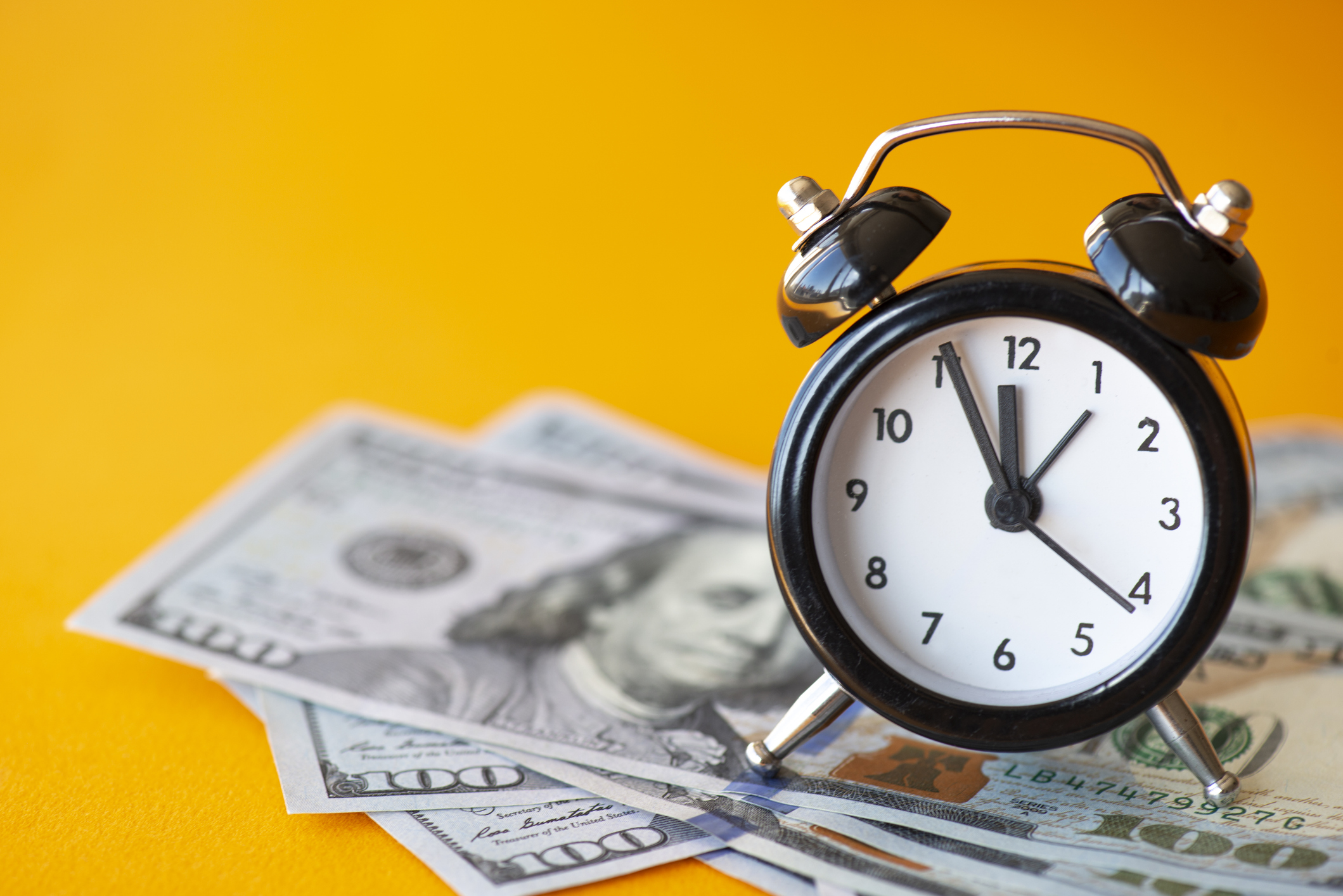Nevada Diaper Tax Goes Away January 1: What You Need to Know
Nevada voters have expanded sales tax relief to diapers. But are prices still too high?


Nevada voters just gave themselves some state and local sales tax relief. Senate Bill 428, which appeared on the November ballot, wiped away diaper taxes for millions of Nevadans.
In doing so, the Silver State follows a national trend in lowering the number of states that still tax diapers.
This sales tax relief, which goes into effect as of January 1, 2025, is welcome, but it may just be a drop in the bucket.

Sign up for Kiplinger’s Free E-Newsletters
Profit and prosper with the best of expert advice on investing, taxes, retirement, personal finance and more - straight to your e-mail.
Profit and prosper with the best of expert advice - straight to your e-mail.
According to the U.S. Department of Labor, childcare costs have risen between 58% and 74%, with higher rates reported among infants and toddlers. Data indicate diaper costs are up 32% from five years ago.
So while Nevadans join other states in offering diaper tax relief, residents aren’t out of the woods just yet — rising childcare costs may cause families to seek more ways to save.
Nevada eliminates tax on diapers
Thanks to voters who approved the measure, Nevadans and tourists in-state will soon be able to purchase diapers tax-free.
From Jan. 1, 2025, through Dec. 31, 2050, all diaper purchases will be exempt from:
- The state’s 6.85% tax rate.
- Local taxes of up to 1.55%.
Families could save hundreds of dollars:
- According to the National Diaper Bank, the average household spends about $1,080 per year on diapers.
- The new law could provide a Nevada family with two diaper-aged children up to $168 in yearly tax savings.
But is this enough?
While the Silver State becomes the 26th in the United States to exempt this tax (joining others like Florida, New York, and California) the trend may emphasize a larger, growing need for childcare relief in the U.S.
Why have childcare costs gone up in the United States?
Earlier this year, accounting firm KPMG released an analysis that showed the cost of daycare and preschool has risen 263% in the last 34 years. The report also estimated that childcare costs are deemed affordable when they make up only 7% of parent income.
Today, estimated care costs require 10% to 20% of family income.
Feeding into those higher costs is increased inflation. Though inflation has recently cooled to pre-pandemic levels, common household goods, like groceries, paper products, formula, and other family essentials continue to be priced high.
A September Department of Labor consumer report showed baby formula and food as part of that higher cost. Compared to last year, early development costs have gone up 3.5 percentage points.
With all these price increases, families may feel overwhelmed. Fortunately, there are a few ways your family may save more money. And not just on diapers.
Federal child tax credits and more ways to save
For starters, families should take advantage of any federal tax credits for which they are eligible.
Here are a few examples:
- Child tax credit. Provides up to $2,000 per child under the age of 17.
- Adoption tax credit. Inflation-adjusted amount which offers $16,810 per eligible child.
- Earned income tax credit. Gives low-to-moderate-income families a tax refund of up to $7,830 (for tax year 2024).
If you live in a state with income tax, don’t forget to check your eligibility for your state’s child tax credits and earned income credits.
Additionally, be sure to buy items in bulk and buy generic when possible. According to the CDC, shoppers can save an average of 20%-30% when purchasing no-name brands.
Finally, if you need help getting baby supplies for your family, you can contact nonprofit organizations in your local community.
Diaper banks, like Baby’s Bounty, provide low-income families with diapers, wipes, and various other essentials — all at no cost to you.
Related Content
Get Kiplinger Today newsletter — free
Profit and prosper with the best of Kiplinger's advice on investing, taxes, retirement, personal finance and much more. Delivered daily. Enter your email in the box and click Sign Me Up.

Kate is a CPA with experience in audit and technology. As a Tax Writer at Kiplinger, Kate believes that tax and finance news should meet people where they are today, across cultural, educational, and disciplinary backgrounds.
-
 Going to College? How to Navigate the Financial Planning
Going to College? How to Navigate the Financial PlanningCollege decisions this year seem even more complex than usual, including determining whether a school is a 'financial fit.' Here's how to find your way.
By Chris Ebeling
-
 Financial Steps After a Loved One's Alzheimer's Diagnosis
Financial Steps After a Loved One's Alzheimer's DiagnosisIt's important to move fast on legal safeguards, estate planning and more while your loved one still has the capacity to make decisions.
By Thomas C. West, CLU®, ChFC®, AIF®
-
 How Many IRS Commissioners Have We Gone Through This Year?
How Many IRS Commissioners Have We Gone Through This Year?IRS Who were the former IRS commissioners, and why did they resign? Find out how IRS turnover can impact your taxes.
By Kate Schubel
-
 Which Generation Pays the Most Tax in the US?
Which Generation Pays the Most Tax in the US?Tax Burden Polls show that most people feel like taxes are unfair. But which age group bears the brunt of the tax burden in the United States?
By Kelley R. Taylor
-
 How the Trump Harvard IRS Tax Threat Could Impact You
How the Trump Harvard IRS Tax Threat Could Impact YouTax Law Trump's latest higher education showdown raises fundamental questions that could reach beyond Harvard's nonprofit tax status.
By Kelley R. Taylor
-
 Tax Day 2025: Don’t Miss These Freebies, Food Deals and Discounts
Tax Day 2025: Don’t Miss These Freebies, Food Deals and DiscountsTax Day You can score some sweet deals on April 15 in some select restaurants like Burger King, Shake Shack, and more.
By Gabriella Cruz-Martínez
-
 Tax Time: Does Your Kid Influencer Owe Taxes?
Tax Time: Does Your Kid Influencer Owe Taxes?State Tax Some minors are making big money on social media. Here’s how to know if they need to file taxes.
By Gabriella Cruz-Martínez
-
 Trump Plans to Terminate IRS Direct File program
Trump Plans to Terminate IRS Direct File programTax Filing The IRS Direct File program was piloted last year in 12 states and has since expanded to 25. But will it last under the Trump administration?
By Gabriella Cruz-Martínez
-
 Kentucky Tax Deadline Extension Might Cost You More Money: What to Know
Kentucky Tax Deadline Extension Might Cost You More Money: What to KnowState Taxes Kentucky flooding and storms caused the IRS and state to extend the 2025 tax filing deadline. But should you file later?
By Kate Schubel
-
 Could Your State End Tax on Overtime This Year?
Could Your State End Tax on Overtime This Year?State Taxes Key states are considering ending taxes on overtime — find out if yours makes the cut.
By Kate Schubel